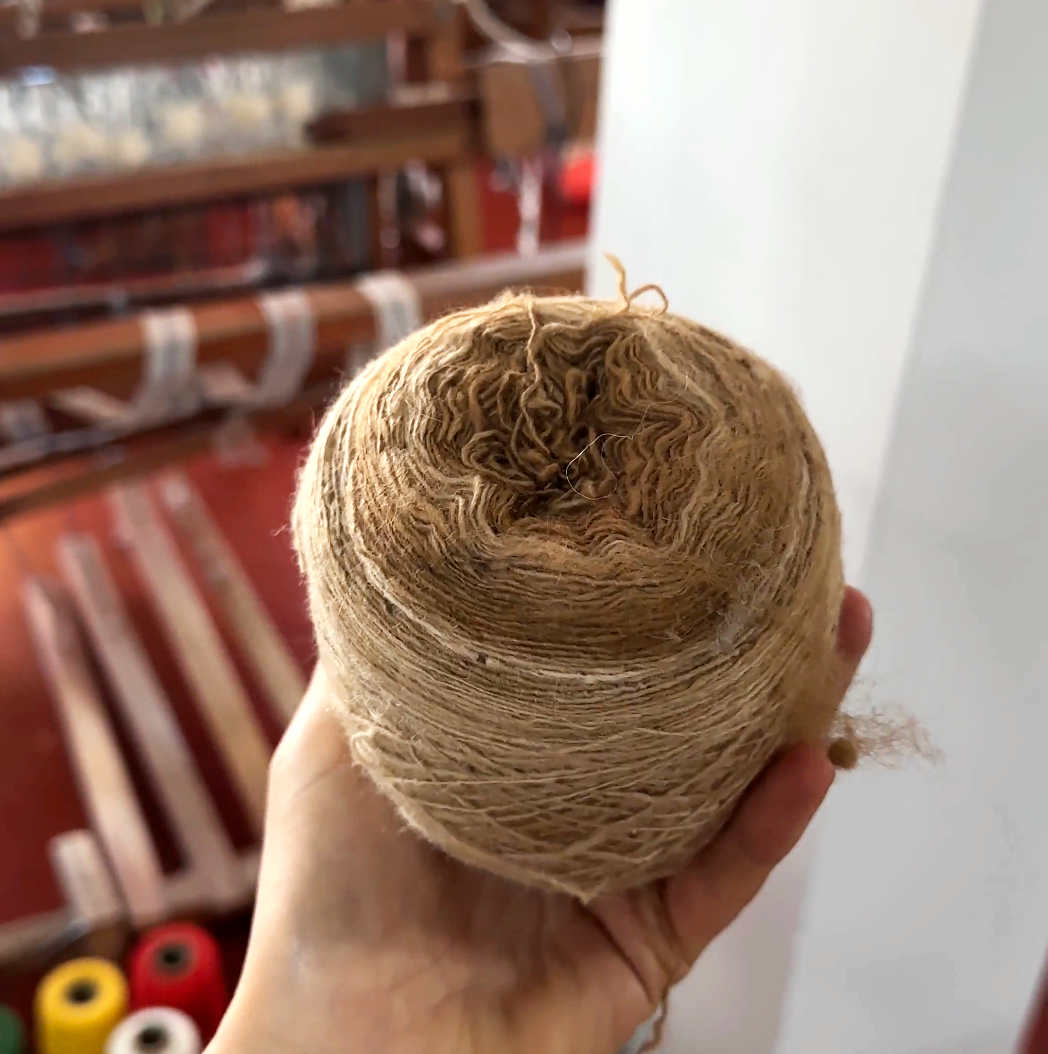You're scrolling through Instagram, and a gorgeous outfit catches your eye. You're about to click "add to cart" when a little voice in your head whispers, "Wait, what is this actually made of?"
It's a fair question! With so many different fabrics out there, it's hard to keep track of what's good for you, your style, your budget, and the planet.
Let's talk about synthetic vs natural fibres, and why choosing natural might be the best choice for your fashion-loving self.
The Synthetic Side: A Closer Look
Synthetic fabrics like polyester, nylon, and acrylic are everywhere. They're durable, wrinkle-resistant, and often cheaper than natural alternatives. But there's a hidden cost. Understanding these drawbacks is crucial as we make conscious choices about the clothes we wear and the impact they have on the planet and our health.
Health Impacts: Beyond the Surface
Did you know your skin is your biggest organ? It absorbs things! Synthetic fabrics are often made from plastic, and during production, they can contain chemicals like quinoline and benzotriazole. These chemicals can seep into your skin, causing irritation, allergies, or even more serious health concerns.
Here's what research tells us:
- Microplastics in Our Bodies: A groundbreaking study published in the journal "Environmental International" (2021) found that microplastics from synthetic fabrics can penetrate the skin and enter the bloodstream. This is further supported by a 2022 study in the journal "Environmental Science & Technology" that found microplastics in human blood for the first time.
- Skin Irritation and Allergies: Studies like the one published in the journal "Dermatitis" in 2018 show that contact dermatitis is more likely to occur in people wearing synthetic fabrics.
- Endocrine Disruption: Certain chemicals found in synthetics can disrupt the endocrine system, which regulates hormones, potentially leading to long-term health problems. This is highlighted in a 2017 study by Mistra Future Fashion.
- Microplastics in Breast Milk: Research published in 2022 found microplastics in human breast milk, further highlighting the potential for these particles to enter our bodies and potentially impact health, as supported by the Plastics Soup Foundation.
Don't Be Fooled by "Recycled" Synthetics
You might be seeing a lot of recycled polyester made from PET bottles popping up in fashion lately. It's easy to think, "Recycling is good, right?" But when it comes to wearing these recycled synthetics next to your skin, it's not quite the eco-friendly solution it seems.
Despite the positive intentions behind recycling, experts warn that consumers may be misled into thinking their purchases are environmentally harmless, indicating that significant concerns remain.
- Microplastics Are Still a Problem: Even recycled synthetics shed micro plastics, which pollute our waterways, harm marine life, and eventually end up in our food chain. (Source: IUCN, The Guardian, Plastics Soup Foundation)
- Harmful Chemicals Remain: Recycling doesn't magically remove harmful chemicals like quinoline and benzotriazole that can irritate your skin and affect your health.
- Recycling Limits: Recycling plastic isn't a magic bullet. Each time plastic is melted down for recycling, it degrades, so it can't be recycled indefinitely. Plus, lots of polyester blends with other fibres, making it even harder to recycle effectively. (Source: The Guardian, Common Objective, Impakter)
While recycled synthetics may seem like a good option, a deeper look reveals that choosing natural fibres is a more sustainable and beneficial alternative for both your health and the planet.
Natural Fibres: The Sustainable Alternative
Natural fabrics, like cotton, silk, linen, and alpaca wool, are made from renewable resources. These materials offer many advantages:
- Health Benefits: Natural fibres are often breathable, hypoallergenic, and gentle on your skin. They're more likely to let your skin breathe, helping you stay cool and comfortable.
- Environmental Benefits: Natural fibres are often more sustainable than synthetic fibres. They are renewable, biodegradable, and in most cases require less water and energy to produce. (Source: Tencel)
Making the Switch
Choosing natural fabrics over synthetics is a great way to be mindful of your health and the environment.
Here are some tips:
- Read labels: Look for clothing made from natural fibres like cotton, linen, silk, or alpaca wool.
- Shop ethically: Look for brands that prioritise sustainable production practices and use natural materials.
- Invest in quality: While natural fibres might cost a bit more upfront, they often last longer than synthetics, making them a better investment in the long run.
- Consider alternatives: If you're looking for a sustainable alternative to synthetic fabrics, consider materials like bamboo or hemp, which are naturally strong and durable.
Without our health, both personal and planetary, we have nothing. What might seem like saving money at the time – buying a $50 synthetic jumper instead of investing in a natural fibre sustainable one – is actually adding a hidden cost. That cheap jumper may contribute to microplastic pollution, skin irritation, and environmental damage, ultimately costing you and the planet more in the long run. By choosing sustainable options, you're investing in your well-being and a healthier future for all.
The choices we make in our wardrobes have a direct impact on our health and on the planet. By embracing natural fibres, we can find fulfilment in every season, for ourselves and the environment.
While synthetic garments might seem cheaper upfront, investing in quality natural fibres like alpaca offers lasting value, both in comfort and sustainability.
Explore our range of natural fibre knitwear online now at www.lasierra.com.au
https://impakter.com/synthetic-fabrics-are-bad-for-the-environment/
https://iucn.org/story/202207/plastic-pollution-crisis
*https://www.theguardian.com/environment/2022/mar/24/microplastics-found-in-human-blood-for-first-time*
*https://www.tencel.com/sustainability*



